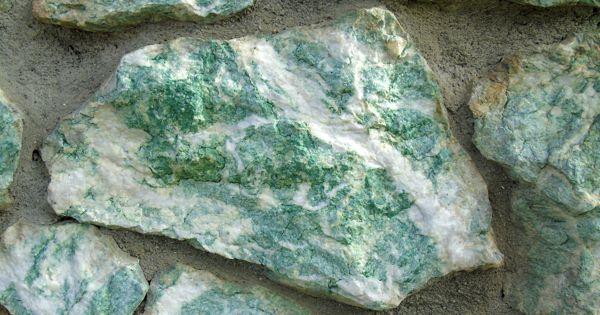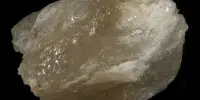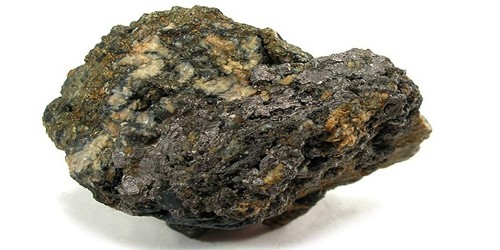Dawsonite is a mineral composed of sodium aluminum carbonate hydroxide, chemical formula NaAlCO3(OH)2. It is an orthorhombic mineral composed of sodium aluminum carbonate hydroxide. It is named after geologist Sir John William Dawson (1820–1899).
It was discovered in 1874 during the construction of the Redpath Museum in a feldspathic dike on the campus of McGill University on the Island of Montreal, Canada. The type material is preserved in the collection of the Redpath Museum.
General Information
- Category: Carbonate minerals
- Formula: NaAlCO3(OH)2
- Crystal system: Orthorhombic
- Crystal class: Dipyramidal (mmm)

Properties
It is a mineral consisting of a basic aluminum sodium carbonate occurring in white bladed crystals (specific gravity 2.40). It crystallizes in the orthorhombic crystal system. It is not mined for ore.
- Formula mass: 144.00 g/mol
- Color: white
- Crystal habit: encrustations or radial
- Fracture: uneven
- Mohs scale hardness: 3
- Luster: vitreous
- Streak: white
- Diaphaneity: transparent
- Specific gravity: 2.436
Occurrence: Coating vug walls and fractures in hydrothermally altered feldspathic dikes and hornfels associated with nepheline syenite (Mont Saint-Bruno, Canada); authigenic in alkaline shales and coal-bearing rocks (Green River Formation, USA; Sydney Basin, Australia); in saline soils on nepheline syenite tuffs (Olduvai Gorge, Tanzania).
Association: Fluorite, calcite, dolomite, aragonite, pyrite, quartz (Quebec, Canada); analcime, dolomite, quartz, calcite, pyrite, albite, cryolite, halite, fluorite (Green River Formation, USA).
Information Source;
















